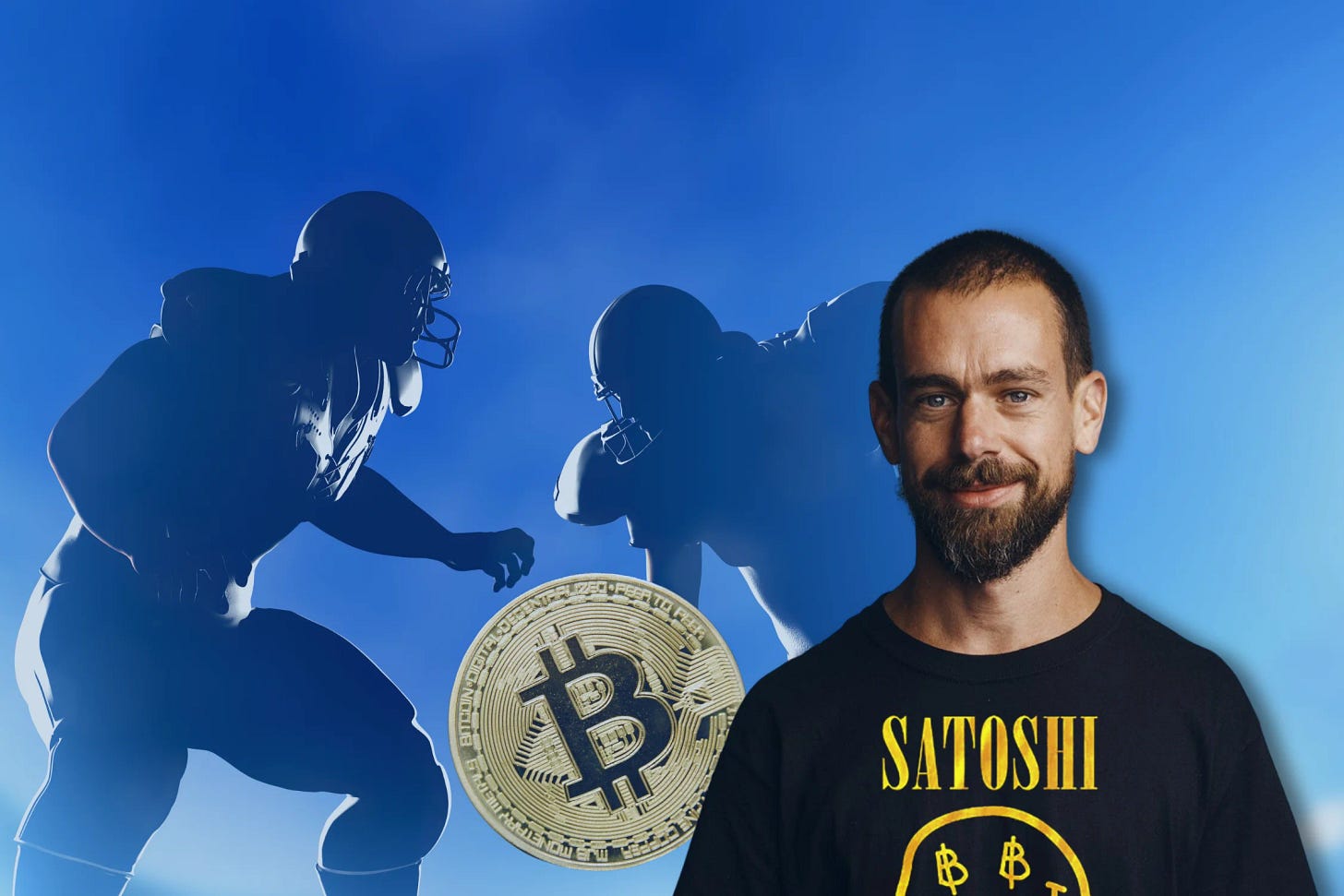The identity of Satoshi Nakamoto, the pseudonymous creator of Bitcoin, has remained one of the most tantalizing mysteries in modern digital finance. Various figures, from Hal Finney to Nick Szabo, have been proposed as the enigmatic founder, each with compelling arguments in their favor. Yet, there exists a lesser-explored but increasingly persuasive theory: that Jack Dorsey, co-founder of Twitter and Square, is in fact the mind behind Bitcoin.
If one were to construct a case on the foundation of circumstantial evidence, cryptographic affinities, and an intersection of historical events, Dorsey emerges as a plausible candidate. The evidence for this theory is not merely a collection of coincidences but rather a pattern of actions, ideologies, and technical capacities that align remarkably well with the known behavior and technological expertise of Satoshi Nakamoto.
Dorsey was an early cypherpunk, documented as one of the approximately 1,300 individuals confirmed to be active in the movement in 1996. His technological background and ideological commitments align with those espoused by Nakamoto, particularly in the realm of decentralized digital finance and privacy. His known use of OpenBSD, Linux, and a variety of programming languages suggests an advanced proficiency in the types of cryptographic and security-oriented tools necessary for Bitcoin’s development.
Moreover, the University of Missouri-Rolla (UMR), where Dorsey studied, had deep ties to cryptography. The school’s students were colloquially known as “Miners,” an uncanny foreshadowing of Bitcoin’s proof-of-work system. Dorsey’s association with cryptography-related academic software and his longstanding presence on cypherpunk mailing lists further support the theory that he was not merely an observer but an active participant in early cryptographic circles.
The digital breadcrumbs extend beyond technical qualifications. Dorsey’s early writings and activities suggest a preoccupation with anonymity, pseudonymous systems, and alternative financial structures. In 2001, he penned a manifesto about leaving a mark without leaving a trace—a sentiment that mirrors the disappearance of Satoshi Nakamoto post-Bitcoin’s inception. Additionally, his 2003 statements about moving away from reliance on the U.S. dollar and creating a barter network align with Bitcoin’s underlying principles.
Curiously, several time-stamped events connect Dorsey to Bitcoin’s formative years. The
domain was registered on August 18, 2008, a day after Dorsey tweeted a cryptic phrase referencing an old sailor’s adage—a motif that would later appear in Bitcoin’s original source code. The timestamps of the Bitcoin source code’s creation align with Dorsey’s known nocturnal working habits, particularly his preference for 4:00 AM coding sessions.
Further, key events in Bitcoin’s timeline intersect with Dorsey’s personal milestones. The first Bitcoin transaction took place on January 11, 2009—his mother’s birthday. Nakamoto joined the Bitcoin forum on November 19, 2009—Dorsey’s birthday. Satoshi’s last known mined block occurred on May 3, 2010—his father’s birthday. These connections, while potentially coincidental, contribute to a compelling narrative.
Satoshi’s purported location also aligns with Dorsey’s whereabouts. On January 10, 2009, Nakamoto inadvertently revealed an IP address linked to California, where Dorsey was based at the time. Additionally, Nakamoto ceased communication and stepped away from the Bitcoin project in late 2010, precisely when Dorsey became the Executive Chairman of Twitter while simultaneously leading Square. This transition period aligns with Satoshi’s abrupt withdrawal from the public eye.
The ideological overlap between Nakamoto and Dorsey is evident in their respective trajectories. Dorsey has long championed Bitcoin, advocating its use and integrating it into Square’s financial ecosystem. His later actions, including wearing Satoshi-branded shirts and publicly acknowledging Bitcoin as embodying his childhood aspirations, further fuel speculation about his deeper connection to the project.
Furthermore, in 2020, a cryptographic message was signed using early Bitcoin addresses, denouncing Craig Wright’s claim to being Satoshi. The oldest address among them included “1jak”—potentially a reference to Dorsey’s own early pseudonym, “Jak.” If deliberate, this act could represent a discreet assertion of identity without overtly claiming authorship.
One fundamental misconception about Satoshi is the belief that he never wanted to be found. This notion was not one of Satoshi’s own making but was instead invented by those interpreting his actions. Satoshi did not choose anonymity but pseudonymity, as Dorsey himself pointed out in a podcast with Lex Fridman. The reason why Dorsey would orchestrate all of these connections without ever directly admitting to being Satoshi is simple: Bitcoin and its creation are his art. And like any great artist, he crafted a masterpiece that speaks for itself.
Jack Dorsey’s re-emergence as a vocal advocate for Bitcoin, his cryptographic background, and the numerous uncanny intersections between his life and Bitcoin’s evolution paint a compelling picture. While definitive proof remains elusive, the notion that Dorsey is Satoshi Nakamoto deserves careful consideration rather than outright dismissal. If nothing else, his career and ideological path have demonstrated a profound and enduring alignment with the vision of Bitcoin’s mysterious creator.
Primary Source: Seán Murray from deBanked® https://decashed.eth.loan/2024/12/the-art-of-satoshi-nakamoto-why-jack-dorsey-is-probably-bitcoins-creator/
If you don't already please follow @amuse on 𝕏 and subscribe to the Deep Dive podcast.






Absolutely not! Jack Dorsey completely corrupted the Bitcoin peer-to-peer cash payment protocol as outlined in Satoshi’s whitepaper. He, along with MasterCard ventures and the Core Developers (who had taken over from Satoshi) circa 2014-2017, changed the narrative from payments to “digital gold”, castrated the smart programming op codes and limited the block size to 1 MB, which capped transaction throughput at a meager 3-5 transactions per second, completely useless for any enterprise payment application. Dorsey with Square and the Core Developers through BlockStream instead attempted to divert payment traffic away from on chain settlement into their own Lightning Network where they can collect all the transaction fees. The original Bitcoin protocol, including smart contract programming op codes was restored by Bitcoin SV (Satoshi Vision). Their latest node software, Terranode, expects to throughput of 1 million TPS, orders of magnitude beyond any other blockchain.
Very interesting, although is digital financial freedom and anonymity a concept Dorsey would get behind? Too much power to be held by us little guys, I would think.